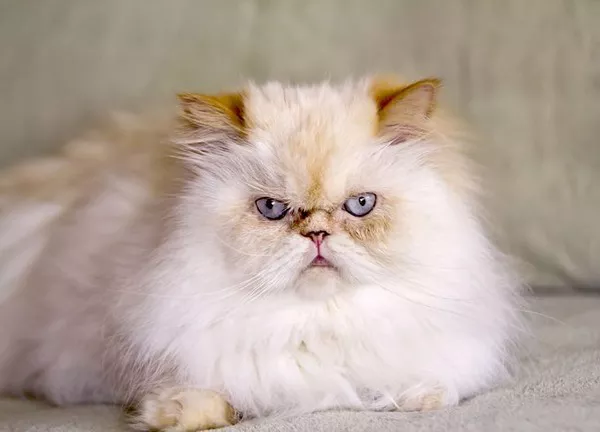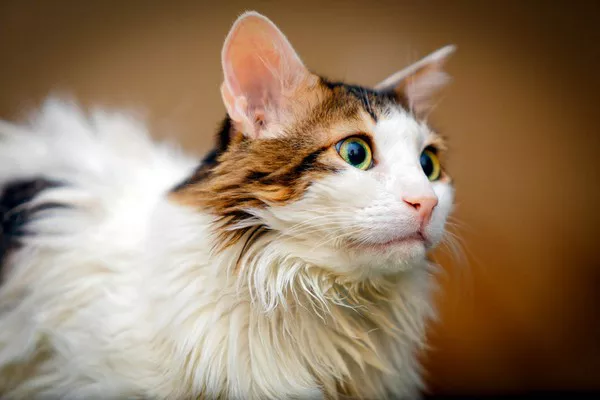Himalayan cats are a popular breed known for their striking appearance and calm demeanor. Their unique name, “Himalayan,” evokes images of the majestic mountain range and suggests a connection to that region. In this article, we will explore the origins of the Himalayan cat’s name, delving into the history, characteristics, and associations that have led to their designation as Himalayans.
1. The Origins of the Himalayan Cat Breed:
The story of the Himalayan cat begins with its parent breeds—the Persian and Siamese cats. Persians are known for their luxurious long fur, gentle temperament, and round face, while Siamese cats have a sleek body, striking blue eyes, and distinctive color points. The desire to combine these two breeds’ desirable traits led to the development of what is now known as the Himalayan cat breed.
2. The Introduction of the Color Point Gene:
In the mid-20th century, dedicated breeders sought to create a cat breed with the Persian’s physical characteristics and the Siamese’s vivid color points. Through careful crossbreeding, they successfully introduced the color point gene into the Persian cat population. This gene is responsible for the striking color patterns seen in Himalayan cats today, including the pointed ears, face, paws, and tail.
3. The Connection to the Himalayan Region:
The name “Himalayan” was chosen for this new breed due to its resemblance to the coloration found in some animals native to the Himalayan region. In particular, the breed’s coat colors and patterns mirror those seen in some species of rabbits and goats found in the Himalayas. With their dark color points contrasting against a lighter body, Himalayan cats bear a resemblance to these Himalayan mountain creatures.
4. Influences from the Siamese Cat:
While Himalayan cats predominantly exhibit Persian physical characteristics, they retain some traits of their Siamese ancestors. The breed’s striking blue eyes, for example, are a hallmark feature inherited from the Siamese cat. This connection to the Siamese breed further reinforces the association with the Himalayan name due to the Siamese cat’s mysterious origins in Southeast Asia.
5. Recognition by Cat Associations:
The name “Himalayan” was officially recognized by various cat associations, including the Cat Fanciers’ Association (CFA), in the 1950s. This recognition solidified the breed’s designation and helped popularize the name worldwide. Since then, the Himalayan cat has become a beloved breed among cat enthusiasts and pet owners alike.
6. The Impact of Popular Culture:
The Himalayan cat’s popularity in popular culture has also contributed to the association between the breed and the Himalayas. In books, movies, and other media, Himalayan cats are often portrayed as regal, majestic creatures with an air of mystery. These depictions leverage the breed’s unique appearance and tie it to the imagery associated with the Himalayan mountains.
7. Other Names for the Himalayan Breed:
It is worth noting that the Himalayan cat breed is also referred to by other names, such as “Colorpoint Longhair” or simply “Himmies.” These alternative names highlight different aspects of the breed’s characteristics, focusing on the color points or the long, luxurious coat.
Conclusion:
The name “Himalayan” given to this distinctive breed of cat is rooted in its physical resemblance to animals found in the Himalayan region and its connection to the Siamese breed. The introduction of the color point gene into the Persian cat population led to the development of these exquisite felines with their striking coat patterns and captivating blue eyes. Over time, the breed’s association with the Himalayan name has been reinforced through cat associations, popular culture, and the unique characteristics of the breed itself. Today, Himalayan cats continue to enchant people around the world with their beauty, grace, and gentle nature, living up to their name’s evocative allure.


























